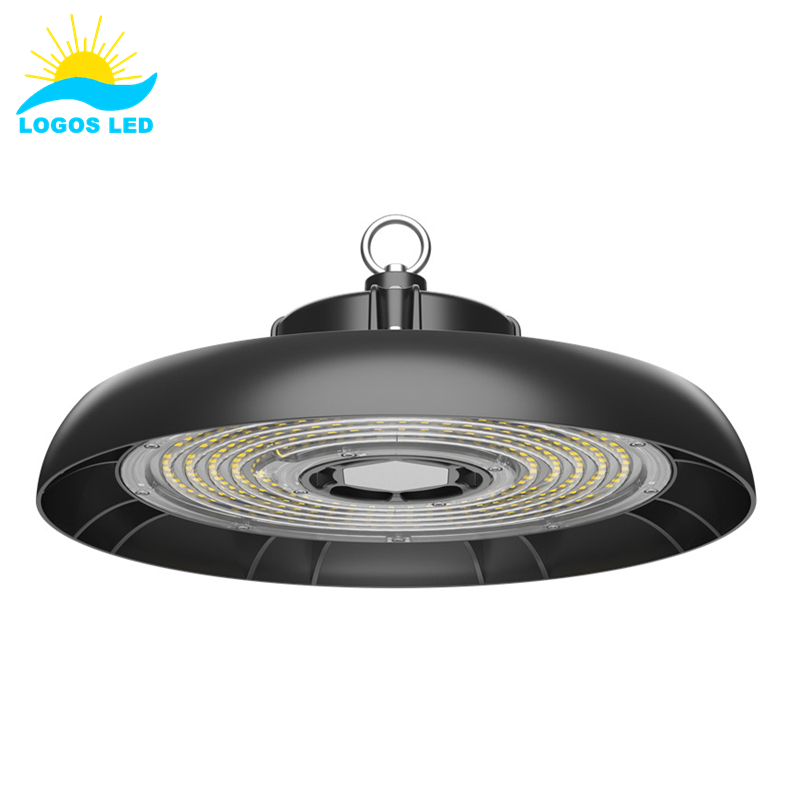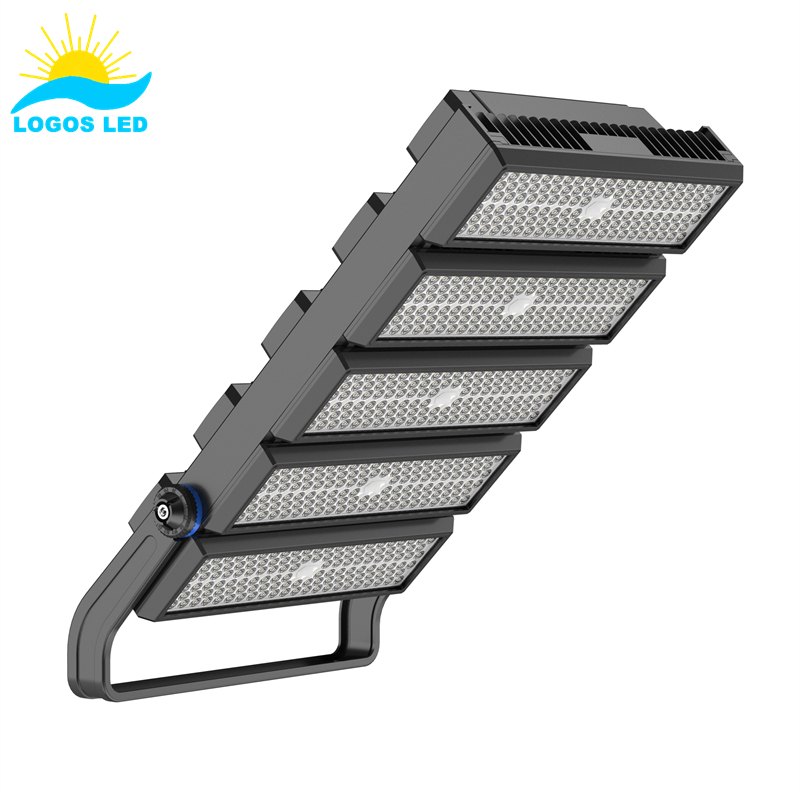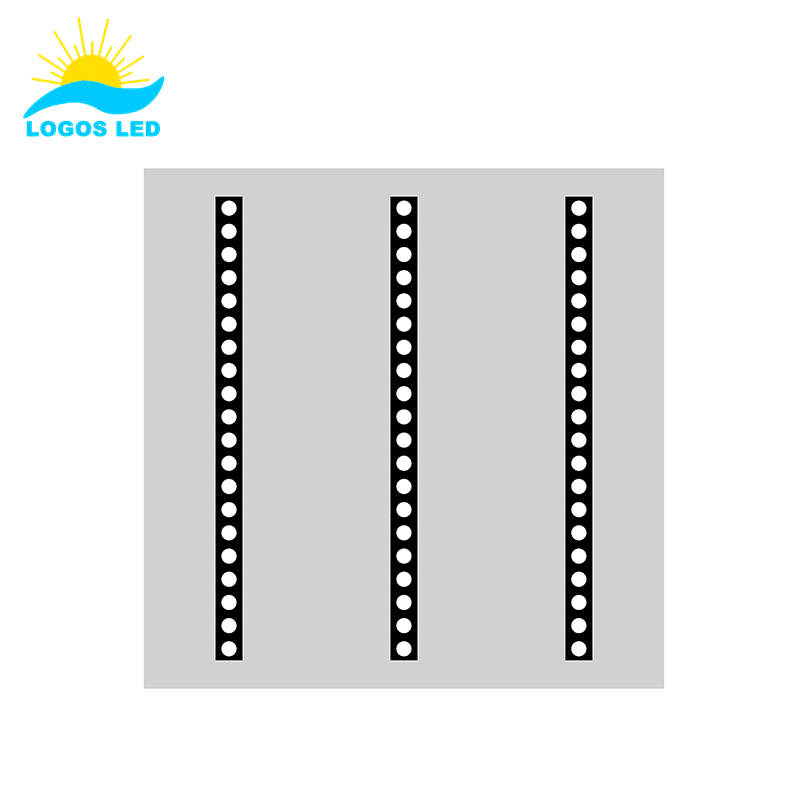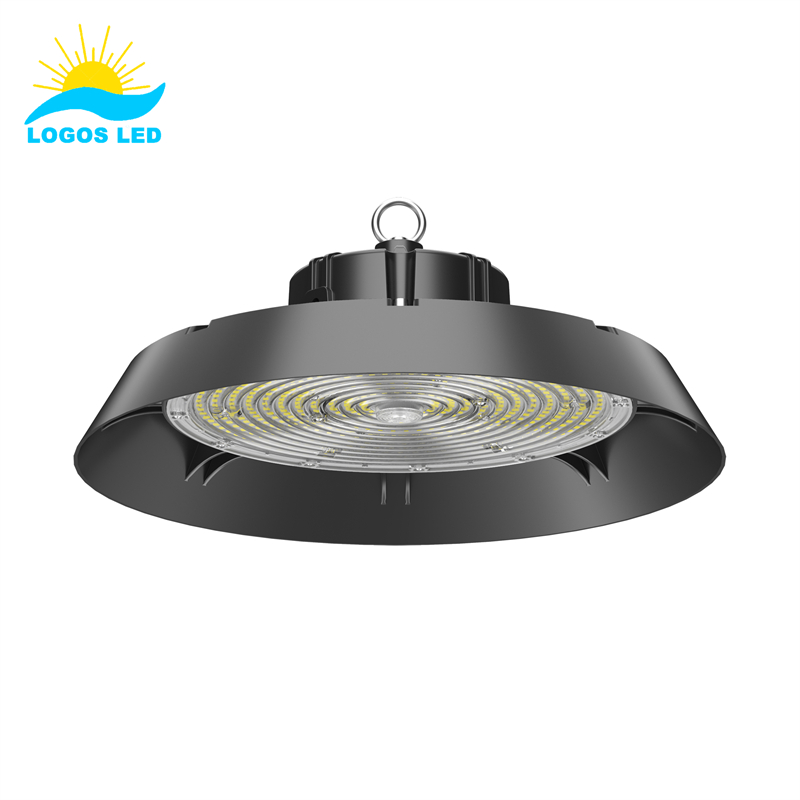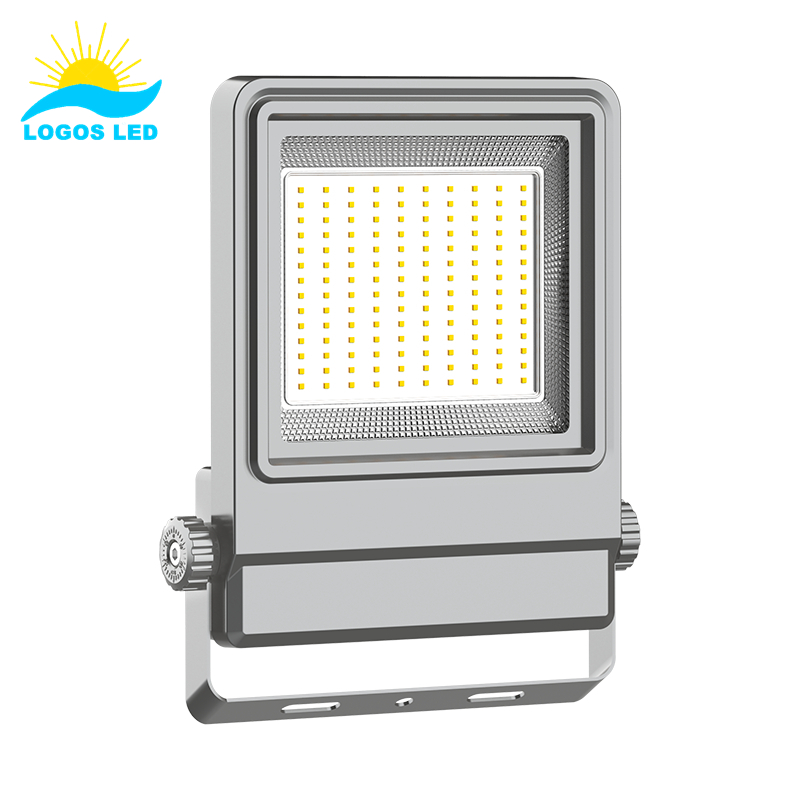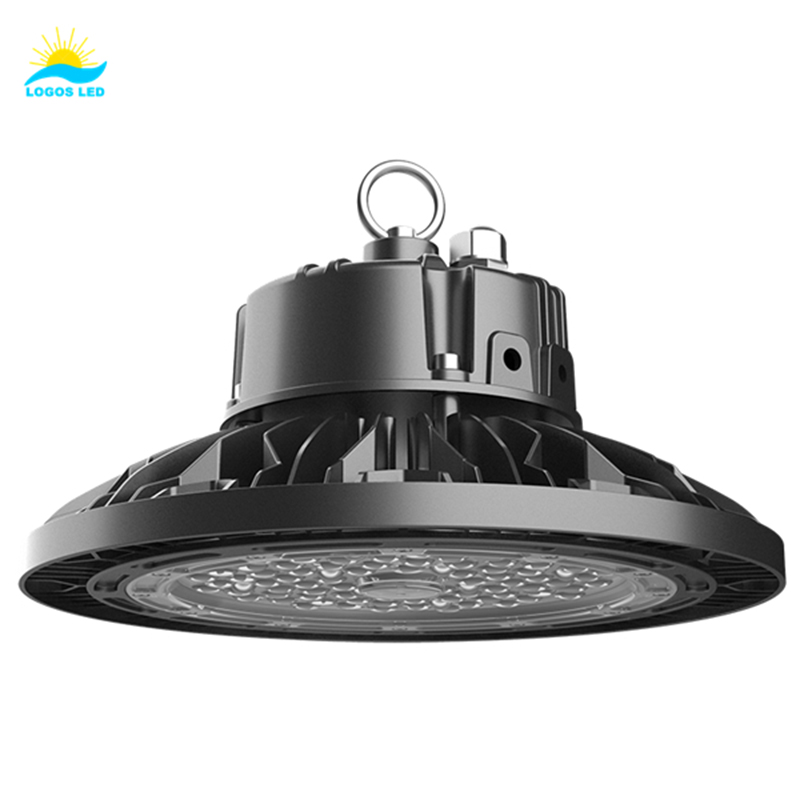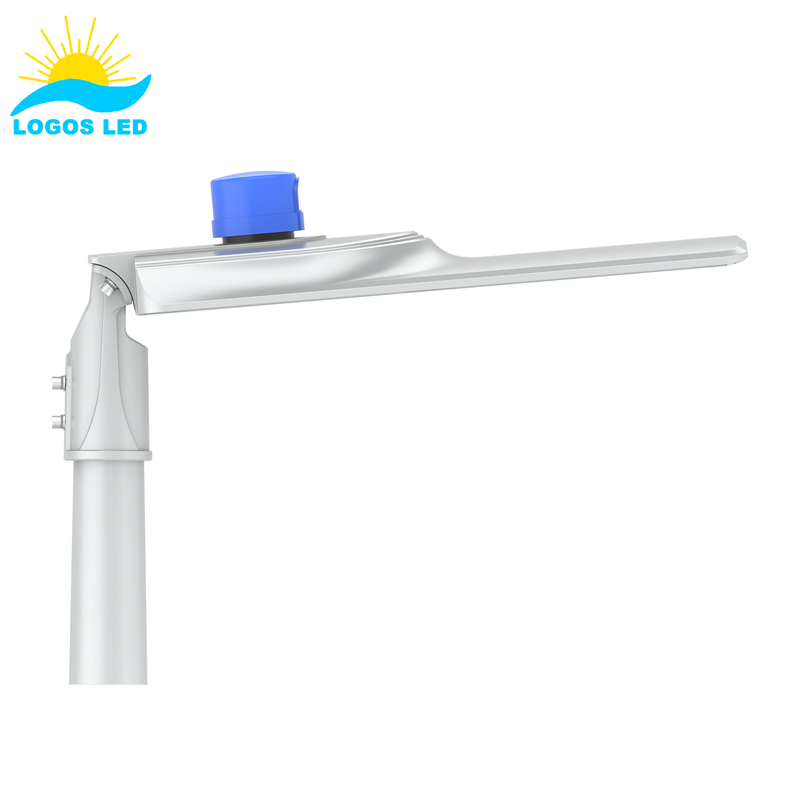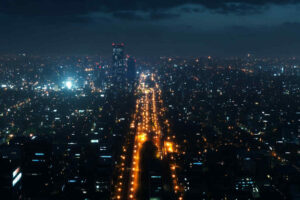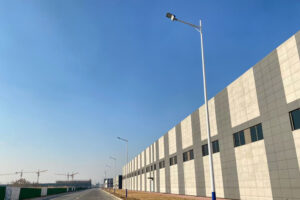Glare from outdoor lights can ruin visibility, disturb neighbors, and even violate local codes. This leads to safety risks, complaints, and wasted energy. Light shields fix that.
Light shields are accessories designed to control the direction of light from fixtures like floodlights, streetlights, and parking lot lamps. They reduce glare, prevent light trespass, and help comply with dark-sky regulations. By focusing light only where it’s needed, they improve safety, comfort, and energy efficiency.
Stick with me—I’ll show you how light shields can solve real-world lighting problems.
Table of Contents
What Are Light Shields and Light Hoods?
Light shields and light hoods are accessories used to control and direct lighting, especially in outdoor settings. Their main job is to stop light from spilling into areas where it’s not wanted—like your neighbor’s yard, the windows of nearby buildings, or up into the night sky.
A light shield, sometimes called a glare guard, is typically a metal or plastic attachment fitted around a light fixture. It works by blocking the light that would otherwise shine outward or upward. You’ll often see these on LED floodlights, streetlights, or wall packs in parking lots or along walkways. By shaping where the light goes, these shields help reduce glare, improve visibility, and limit light pollution.
A light hood is a type of shield that covers the top and sides of the fixture. It focuses the light beam more directly downward. This is useful when you want concentrated illumination on a specific area, like a driveway or path, without lighting up the entire block. For instance, the Parshield visor is a popular clip-on hood for PAR-38 floodlights. It’s designed to eliminate light trespass and protect dark sky environments.
These tools are especially valuable for anyone concerned about energy efficiency, skyglow, or keeping the peace with neighbors. They’re simple additions that make a big difference in the quality and direction of your outdoor lighting.
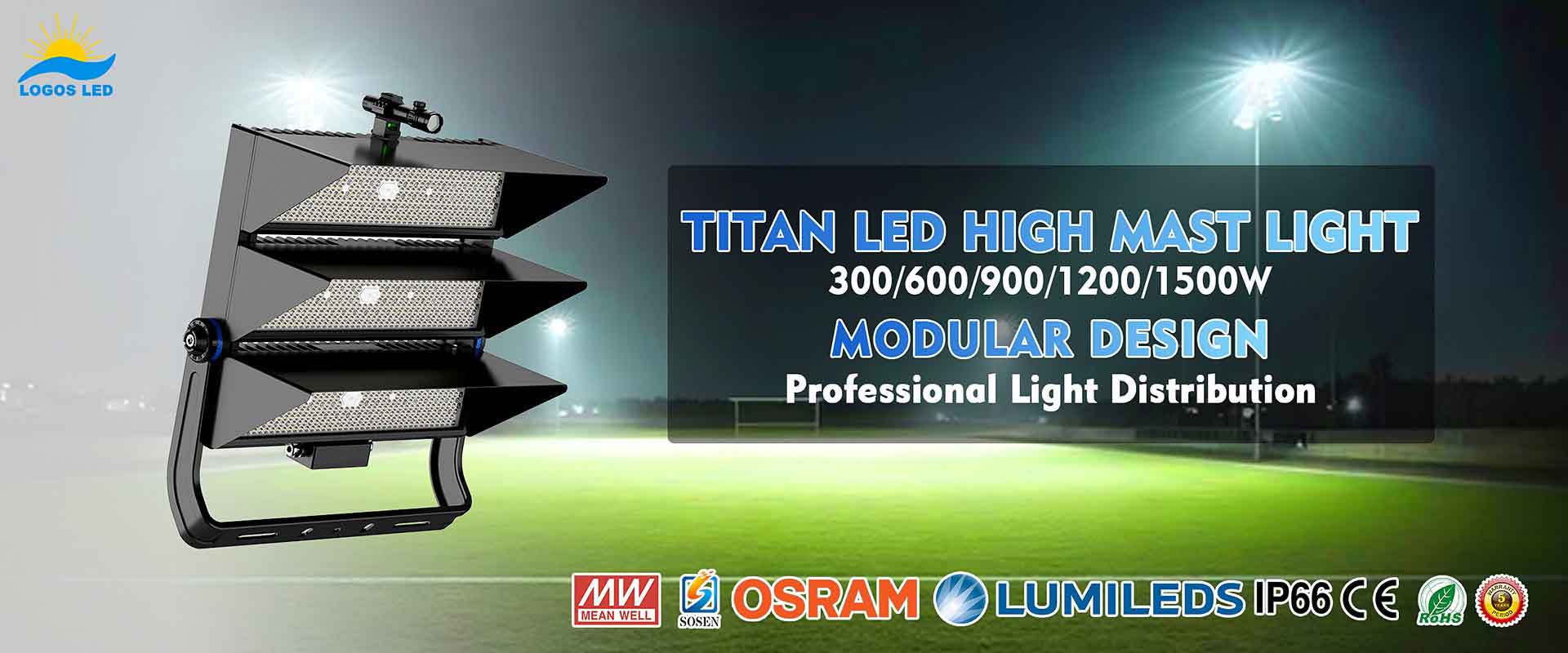
Why Use Light Shields?
Light shields are a smart, simple way to control outdoor lighting. They help make spaces safer, more efficient, and more comfortable to be in after dark. Here’s why using light shields makes sense:
- Reduce Glare: When light shines directly into someone’s eyes, it can be distracting or even dangerous—especially near roads or walkways. Light shields block that glare, making it easier to see clearly and improving safety for drivers and pedestrians.
-
Prevent Light Trespass: A light that spreads too far can spill into places it’s not meant to go—like a neighbor’s bedroom window or across a property line. Shields keep the light directed downward or within a controlled area so you light up only what’s needed.
-
Comply with Regulations: Many towns and cities now have rules about light pollution and brightness levels. Using shields helps meet these local laws by cutting back on upward light and limiting overspill.
-
Improve Energy Efficiency: When light is focused where it’s needed most, fewer fixtures may be required. That can reduce your power use and lower your electricity bill. It also makes your lighting system work more efficiently overall.
-
Enhance Aesthetics: A well-lit area that isn’t overly bright looks better at night. Light shields help reduce harsh shadows and keep the overall appearance of your outdoor space cleaner and more inviting.
Whether for a commercial building, parking lot, or home exterior, light shields offer real benefits by improving performance and respecting the surrounding environment.
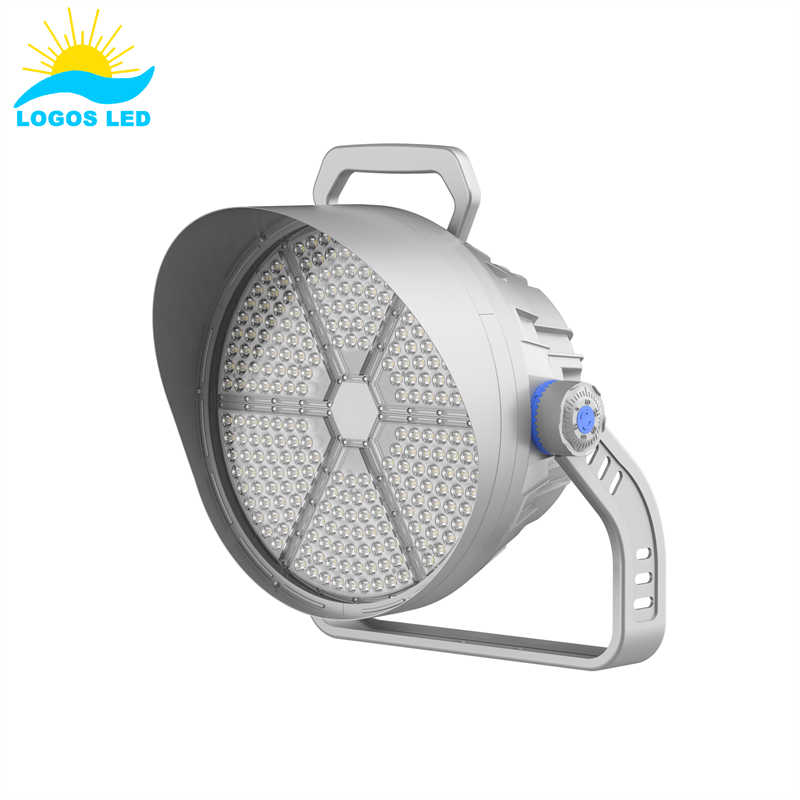
Applications of Light Shields
Light shields are useful in many outdoor lighting setups where control, safety, and comfort matter. Here are some common places where they make a real difference:
- Street Lighting: In urban and suburban neighborhoods, light shields help keep the illumination on the road where it belongs. This improves visibility for drivers and reduces unwanted brightness in people’s homes, helping everyone sleep better.
-
Parking Lots: Shielded lighting in parking lots ensures that light goes down onto the ground—where people walk and cars park. It avoids shining directly into nearby buildings or into drivers’ eyes, making the area safer and more comfortable.
-
Commercial Buildings: Businesses often use floodlights or wall packs to light entrances or signs. Adding shields helps focus that light on key areas, like entryways or signs, without creating glare for passing traffic or neighboring businesses.
-
Residential Areas: Homeowners can install shields on porch lights, driveway floodlights, or garden lights to keep the brightness from bothering neighbors. It also helps meet local light pollution laws and keeps the yard looking neat.
-
Recreational Spaces: Parks, playgrounds, and sports fields benefit from shielded lighting because it keeps light on the playing surfaces without spilling into nearby roads or homes. It boosts safety for players and spectators while protecting the surrounding environment.
In all these places, light shields help create targeted, efficient, and respectful lighting that works better for everyone.

Conclusion
Light shields are essential tools for managing outdoor lighting effectively. They enhance safety, reduce energy consumption, and help maintain a pleasant nighttime environment by minimizing glare and light pollution.
If you have questions or need assistance selecting the right light shields for your project, feel free to contact us at Logos Lighting. We’re here to help you find the best lighting solutions for your needs.
Request A Free Quote Now!
Send us a message if you have any questions or request a quote. We will get back to you ASAP!



